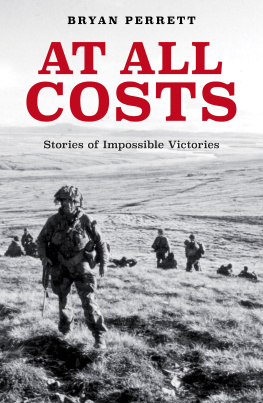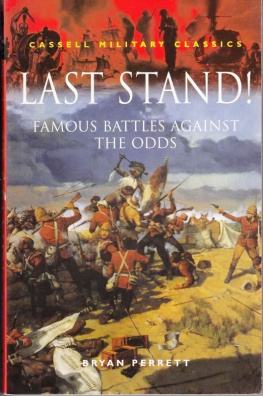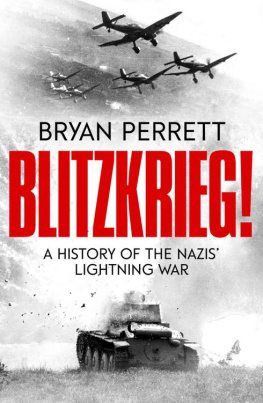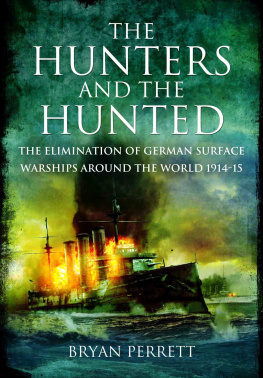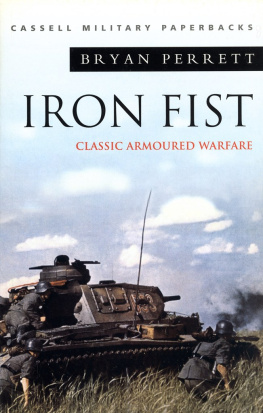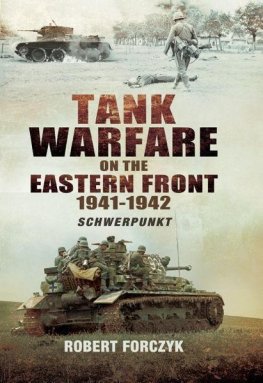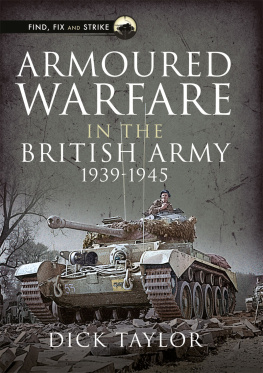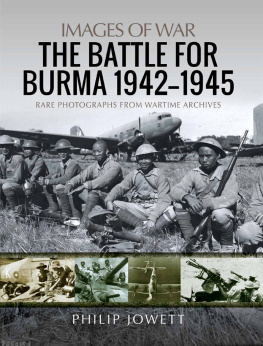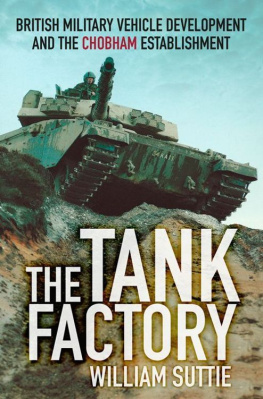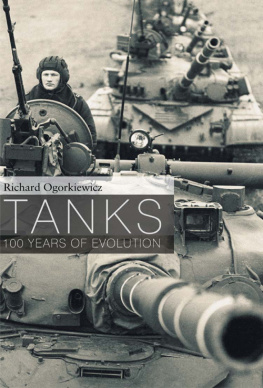Bryan Perrett - Tank Tracks to Rangoon: The Story of British Armour in Burma
Here you can read online Bryan Perrett - Tank Tracks to Rangoon: The Story of British Armour in Burma full text of the book (entire story) in english for free. Download pdf and epub, get meaning, cover and reviews about this ebook. year: 2014, publisher: Pen and Sword, genre: Non-fiction. Description of the work, (preface) as well as reviews are available. Best literature library LitArk.com created for fans of good reading and offers a wide selection of genres:
Romance novel
Science fiction
Adventure
Detective
Science
History
Home and family
Prose
Art
Politics
Computer
Non-fiction
Religion
Business
Children
Humor
Choose a favorite category and find really read worthwhile books. Enjoy immersion in the world of imagination, feel the emotions of the characters or learn something new for yourself, make an fascinating discovery.

- Book:Tank Tracks to Rangoon: The Story of British Armour in Burma
- Author:
- Publisher:Pen and Sword
- Genre:
- Year:2014
- Rating:4 / 5
- Favourites:Add to favourites
- Your mark:
Tank Tracks to Rangoon: The Story of British Armour in Burma: summary, description and annotation
We offer to read an annotation, description, summary or preface (depends on what the author of the book "Tank Tracks to Rangoon: The Story of British Armour in Burma" wrote himself). If you haven't found the necessary information about the book — write in the comments, we will try to find it.
Fighting in a somewhat forgotten corner of empire during the Second World War, the British and Indian armored regiments called upon to harness the power of tank warfare to extreme new levels did so in an effort to outwit an army until that point considered invincible: the Imperial Japanese Army. Their collective heroic, massively effective efforts gave the Japanese a taste of mechanized warfare from which they never recovered.
Author Bryan Perrett describes the full course of the armored units endeavors, illustrating the importance of the mighty 7th Armoured Brigade; a magnificent formation in General Slims estimation. In a conflict that saw much development in the field of tank design and production, Perrett illustrates the practical repercussions of such advances in this most extreme of wartime environments. Detailed research has produced hard evidence of the Japanese use of gas against British tanks, and countless instances of Japans human-bomb anti-tank technique. Above all, this book shows to what extent the tank can prove a decisive weapon in the unlikeliest areas.
Praise for Tank Tracks to Rangoon
A valuable examination of the crucial role [armor] played in the long Burmese campaign, and the impressive way in which the British and Allied tanks and tankers performed their difficult duties. History of War
Bryan Perrett: author's other books
Who wrote Tank Tracks to Rangoon: The Story of British Armour in Burma? Find out the surname, the name of the author of the book and a list of all author's works by series.


